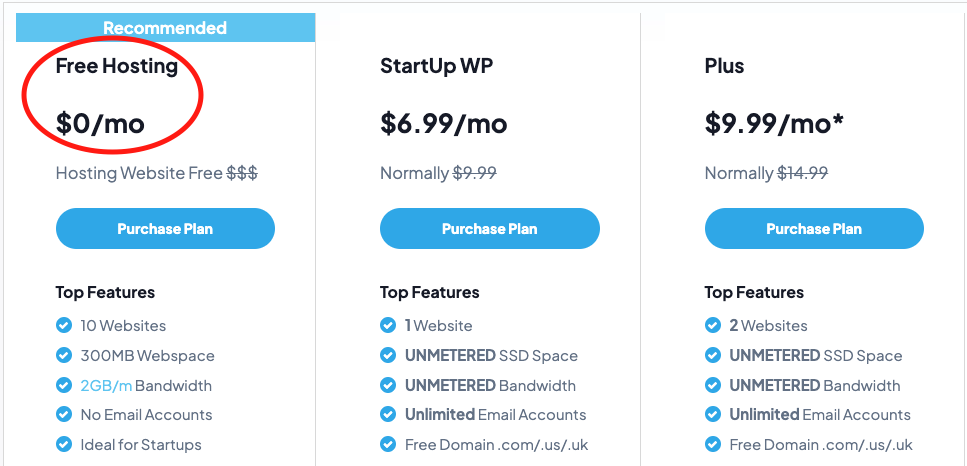How to Selflearn AWS Redshift Database for your next Job?
Learning AWS Redshift using Bluehillhosting.com Linux VPS Servers
AWS Redshift is a popular data warehousing solution that allows you to store and analyze large amounts of data. To learn AWS Redshift, you need a platform to practice and experiment with the tool. Bluehillhosting.com provides Linux VPS servers that you can use to learn AWS Redshift. In this guide, we’ll explain how to learn AWS Redshift using Bluehillhosting.com Linux VPS servers.
Step 1: Sign Up for Bluehillhosting.com Linux VPS Servers
To get started, you need to sign up for Bluehillhosting.com Linux VPS servers. Visit the Bluehillhosting.com website and select the Linux VPS plan that meets your needs. Follow the instructions to create an account and purchase the plan.
Step 2: Set Up Your Bluehillhosting.com Linux VPS Server
Once you have signed up for Bluehillhosting.com Linux VPS servers, you need to set up your server. Bluehillhosting.com provides a user-friendly control panel that you can use to set up your server. Follow the instructions to install the necessary software, including the Linux operating system and the SSH client.
Step 3: Install AWS CLI on Your Bluehillhosting.com Linux VPS Server
After setting up your Bluehillhosting.com Linux VPS server, you need to install AWS CLI (Command Line Interface) on your server. AWS CLI is a command-line tool that you can use to interact with AWS services, including Redshift. Follow the instructions provided by AWS to install AWS CLI on your Bluehillhosting.com Linux VPS server.
Step 4: Connect to Your Redshift Cluster
Once you have installed AWS CLI on your Bluehillhosting.com Linux VPS server, you can connect to your Redshift cluster. You can use the psql command-line tool to connect to your Redshift cluster. Follow the instructions provided by AWS to create a Redshift cluster and get the necessary connection information.
Step 5: Experiment with Redshift
After connecting to your Redshift cluster, you can start experimenting with Redshift. You can load data into your Redshift cluster, create tables, and run queries on the data. AWS provides several tools and features that you can use to analyze data, including data compression, columnar storage, and parallel processing. You can experiment with these features by running different queries on your data.
Step 6: Join the AWS Community
Finally, it’s essential to join the AWS community to stay up-to-date with the latest developments and best practices. You can join the AWS forum, follow the AWS blog, and attend AWS events to connect with other users and learn from their experiences.
Conclusion:
Learning AWS Redshift using Bluehillhosting.com Linux VPS servers is a process that requires signing up for the Bluehillhosting.com Linux VPS plan, setting up your server, installing AWS CLI, connecting to your Redshift cluster, experimenting with Redshift, and joining the AWS community. By following these steps, you can start your journey into the exciting world of AWS Redshift and contribute to the development of scalable, fast, and cost-effective data warehousing solutions.

